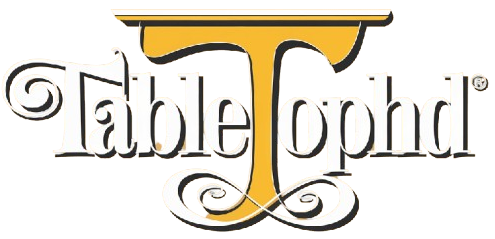I enjoy “talking shop” with other Dungeons & Dragons Dungeon Masters, but it’s become apparent to me that there is a fundamental misunderstanding in many gaming groups regarding the difference between a story and a series of events. Some groups view tabletop RPGs as a medium for collaborative storytelling, and others are just seeking a dungeon crawling simulator. While there is no wrong way to have fun, for groups that do aspire towards storytelling and roleplay, failing to grasp what a story is can lead to unsatisfying and incoherent experiences at the gaming table. Understanding story structure will improve campaigns.
The roots of D&D had little to do with storytelling, as the game narrowly focused on killing monsters and looting dungeons, with little to no emphasis on context or anything other than a profit motive for such endeavors. Tabletop RPGs have evolved, and now there are journaling RPGs that facilitate world-building, and an array of narrative-focused games with mechanics that propel drama and characterization. Modern D&D can certainly tell epic, heroic fantasy stories, much like 3e and 4e D&D, but if the DM does not realize there is more to a story than a sequence of events, it falls flat.
D&D Can Tell Epic Fantasy Stories, With Effort
Tabletop RPGs Can Easily Match The Scope Of Fantasy Literature
The 5e Dragonlance differs from other D&D adventures, but Dragonlance has always stood out. In 1984, the pairing of Dragonlance adventure modules and novels brought some of the epic heroics of the Lord of the Rings series to the RPG. D&D was no longer limited to a series of episodic raids for gold and thrills, but a game that could tell sweeping stories that dealt with the fate of nations. This model is what the majority of modern D&D groups seek, but some expect such stories to simply emerge organically. Stories require structure, careful planning, and collective storytelling effort.
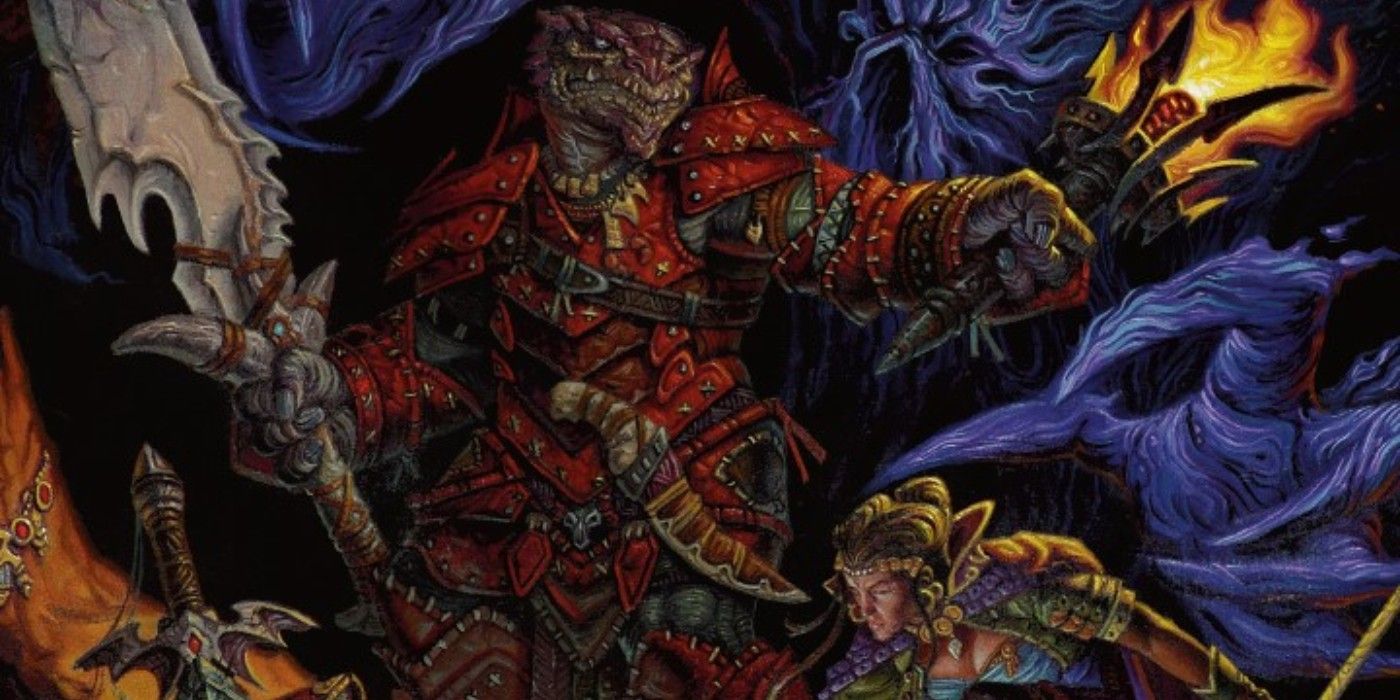
Related
Make Sure Your D&D Players Make PCs, Not NPCs
A Dungeons & Dragons Session Zero is a chance to tell players about the central conflict of the upcoming campaign and decide why it matters to them.
Instead of watching D&D actual plays, or DMing advice videos, DMs should begin by understanding what a story is. Taking a few English Lit courses can give DMs a formalized presentation of story structure, but resources are also available freely at libraries and online. At a basic level, stories have a beginning, a middle, and an ending. These are sometimes categorized as an Inciting Event, followed by Rising Action, a Conclusion, and Dénouement. A central Plot, or Narrative, defines the subject matter of the story, and the primary characters undergo Character Arcs in the process, changing and growing through experiences.
A Game Master should pick the right tabletop RPG for their story, as D&D is ideal for a narrow focus on heroic, combat-centric fantasy. A D&D campaign can have a veneer of political intrigue, or Ravenloft’s aesthetic of Gothic horror, but if the story is not centrally focused on violent, epic conflicts, D&D is probably the wrong choice of gaming system. When you have a story structure in mind, you need to ensure it is a story that fits the format of a tabletop RPG. It must be flexible enough to allow for player agency and play to D&D’s strengths.
A Directionless D&D Sandbox Is Not A Story
Old-School Gaming Can Be Fun, But True Storytelling Is Rare
The problem arises when groups do not understand basic storytelling structure. A DM may not need to study the hero’s journey of Joseph Campbell’s monomyth, but they do need to know the difference between a story and an anecdote. A DM might run a session where a party enters a dungeon seeking loot and one PC dies in a pit trap, another finds a secret door with a magic sword behind it, and the party slays a monster. This is a series of events, not a story. For context, a YouTube video of a skateboarding accident is not a story.
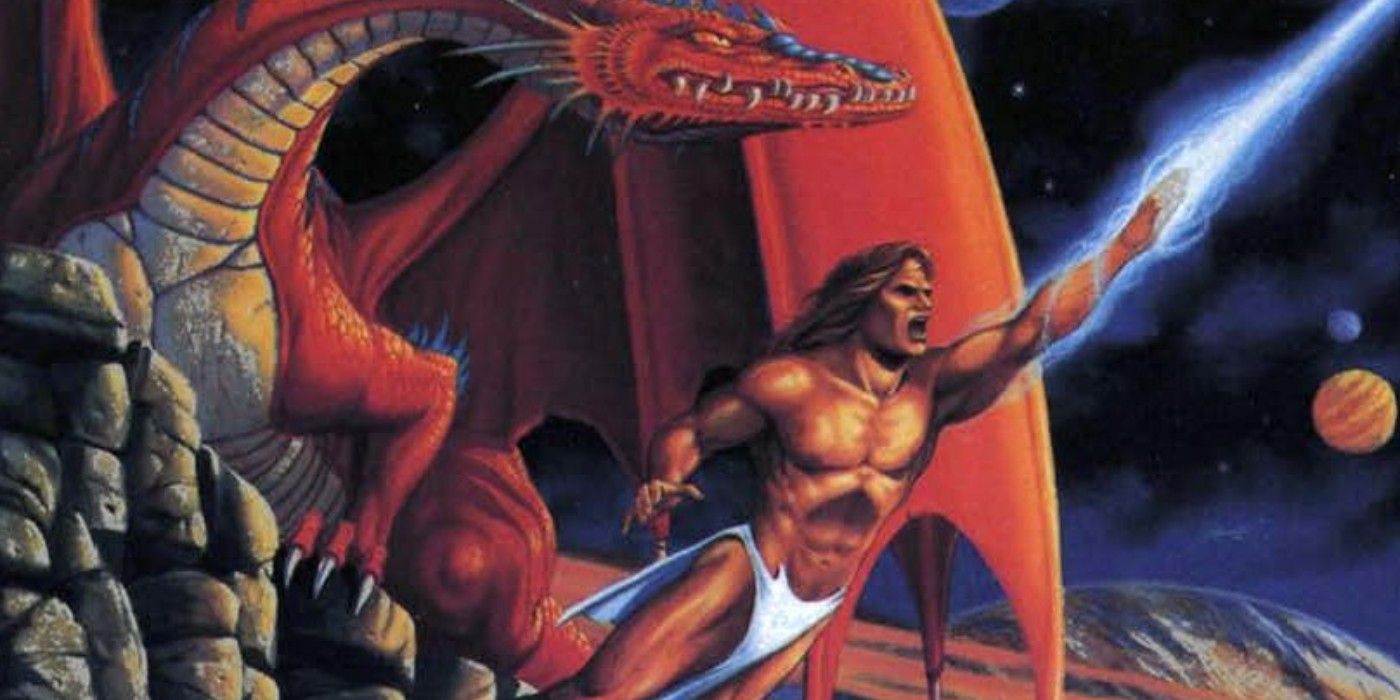
Related
I Wish The 2024 D&D Dungeon Master’s Guide Avoided Mixed Messages
The 2024 Dungeon Master’s Guide is largely an improvement over 2014 D&D, but it is rife with contradictions in its bid to appeal to Old School fans.
When a group of low-level adventurers taking risks for treasure live or die due to the whims of dice and player decisions, that can be an enjoyable experience, but it does not inherently meet any definition of storytelling. There are many Old-School Renaissance D&D alternative systems, and these typically aim for the throwback vibe of the earliest forms of D&D, where storytelling was not part of the equation. Some incorrectly conflated those events with story. They may believe that an adventurer who critically hit an orc and left a dungeon with a bag of gold adds up to a narrative.
The notion that “the story is whatever the characters do” fails to recognize that a story is more than a sequence of events that follow the same people.
Simply creating a sandbox with dungeons to be plundered and monsters to be slain does not provide the framework for storytelling. That allows for “events,” certainly, and many of those can be enjoyable and exciting. The notion that “the story is whatever the characters do” fails to recognize that a story is more than a sequence of events that follow the same people. Stories require intentionality, and that intent must be shared by the DM and the players. Simply chronicling the success or failure of a party’s dungeon raid is no more a story than a game of basketball is.
D&D Players Are Authors, Not Just DMs
Players Also Need To Understand Storytelling & Character Arcs
The social contract of a game, and shared goals, need to be defined at Session Zero. If storytelling and roleplaying are important to the group, the DM and players need a shared understanding of what defines a story. There are solo tabletop roleplaying games offering creative experiences that do not require communication, but for a traditional RPG, collaborative effort is needed, along with collective goals regarding what you are trying to achieve. The DM may have the largest burden on the narrative side of the story. Players are just as vital, as they portray the protagonists the story centers on.
Players should also study storytelling structure, like Joseph Campbell’s monomyth, Dan Harmon’s “story circle,” or any other modern storytelling framework. This allows them to lean into the narrative and RP organically emergent character arcs.
Once the group agrees that story and roleplay matter to them, the DM can foreshadow the game’s premise, and the players can create appropriate characters for that premise. They can define their emotional ties and motives that make the game’s premise meaningful to their character. Session Zero is a good time to at least brainstorm potential character arcs and ways that events could change a character’s outlook. The blind spots of a character can be defined as players take on an authorial role, creating complex, flawed, and ambitious protagonists with room to grow and change during the campaign.
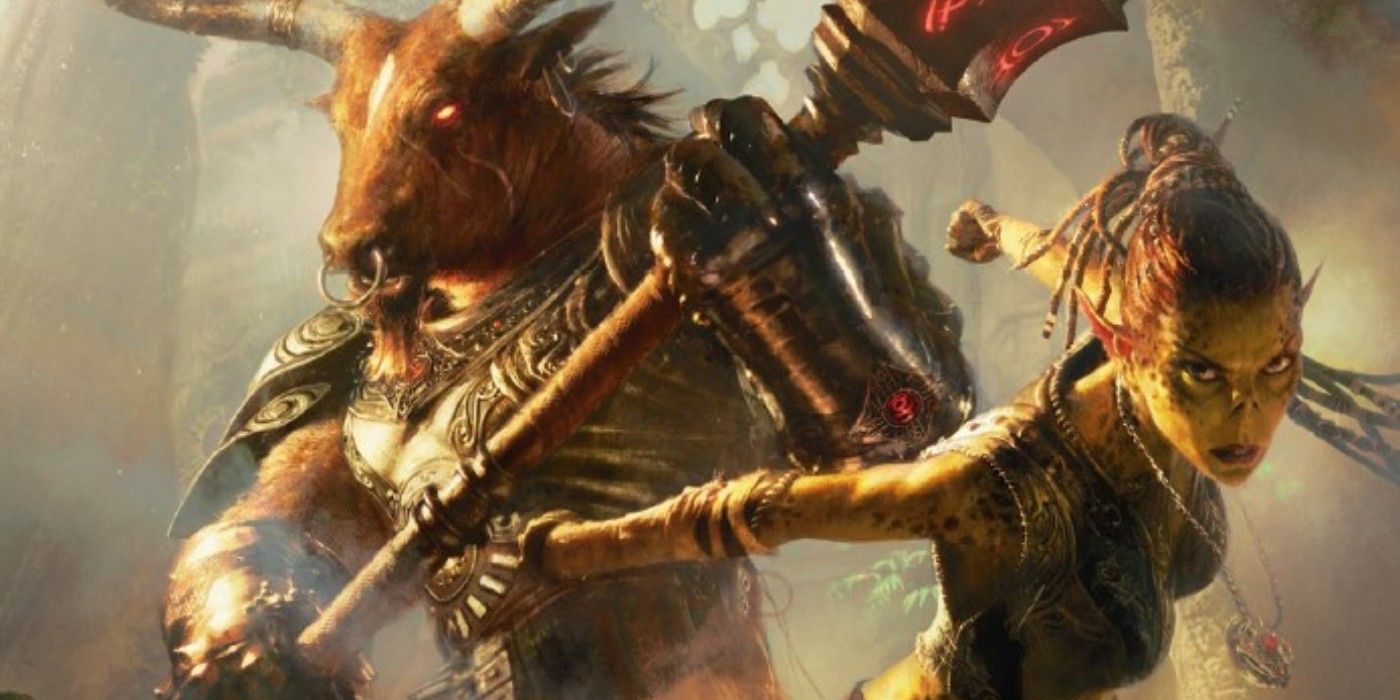
Related
I Don’t Want D&D Players Immersed In The World, But With Their Characters
New players describe a character’s actions in Dungeons & Dragons in first-person for world immersion. Third-person is best for experienced players.
Characters are vital, as the player-driven protagonists of tabletop RPGs make it a unique medium for surprising and spontaneous storytelling. This keeps the DM just as engaged as their players. Some D&D DMs might prefer writing novels, where they have complete control over the central characters in the story, but the collaborative storytelling of RPGs is an experience unto itself. To make the most of that, a DM and their players must understand what a story is and is not. Dungeons & Dragons’ DM’s Guide is not the resource to teach basic story structure, but all DMs should master it.
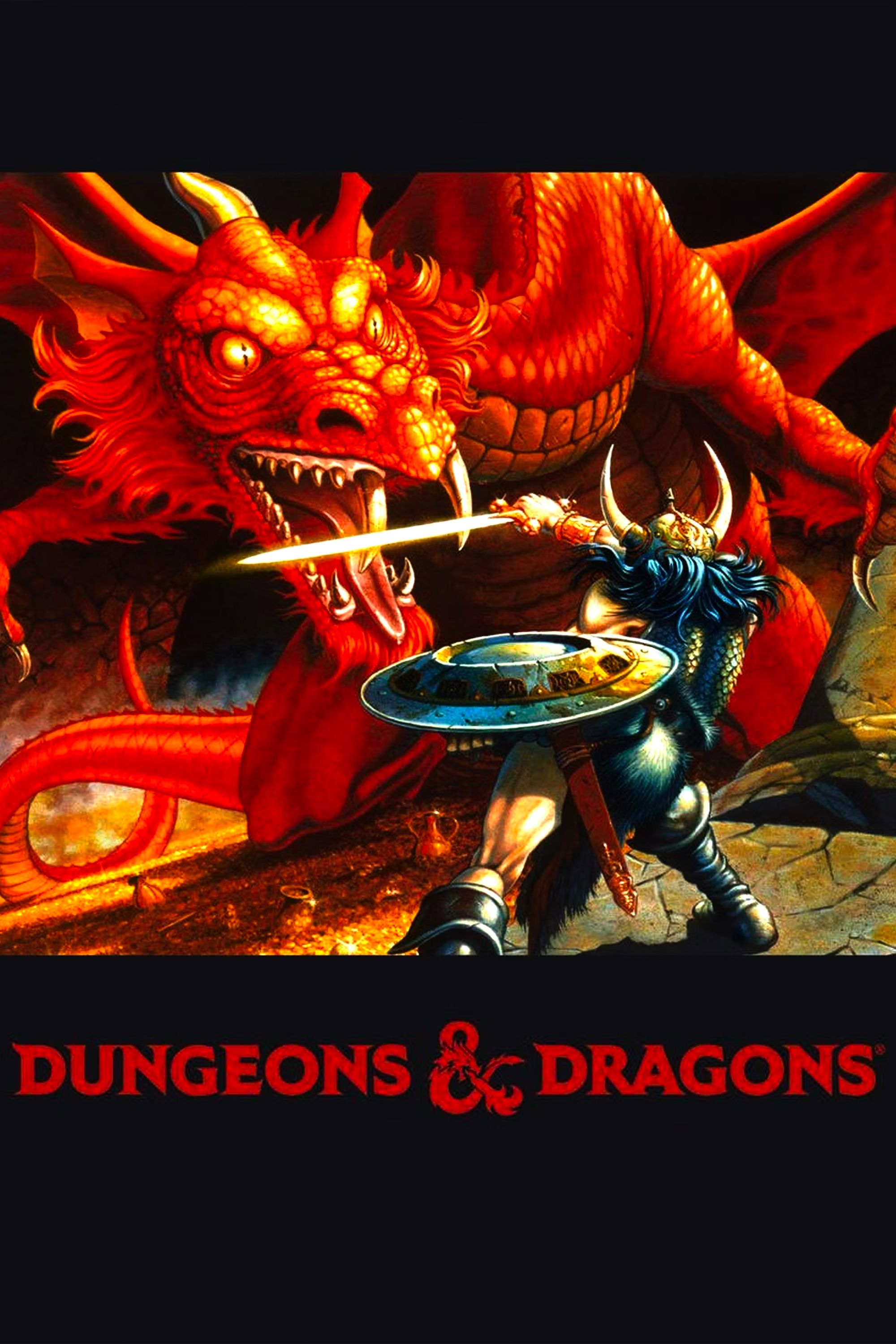
Dungeons and Dragons
- Original Release Date
-
1974
- Publisher
-
TSR Inc., Wizards of the Coast
- Designer
-
E. Gary Gygax, Dave Arneson
- Player Count
-
2-7 Players
